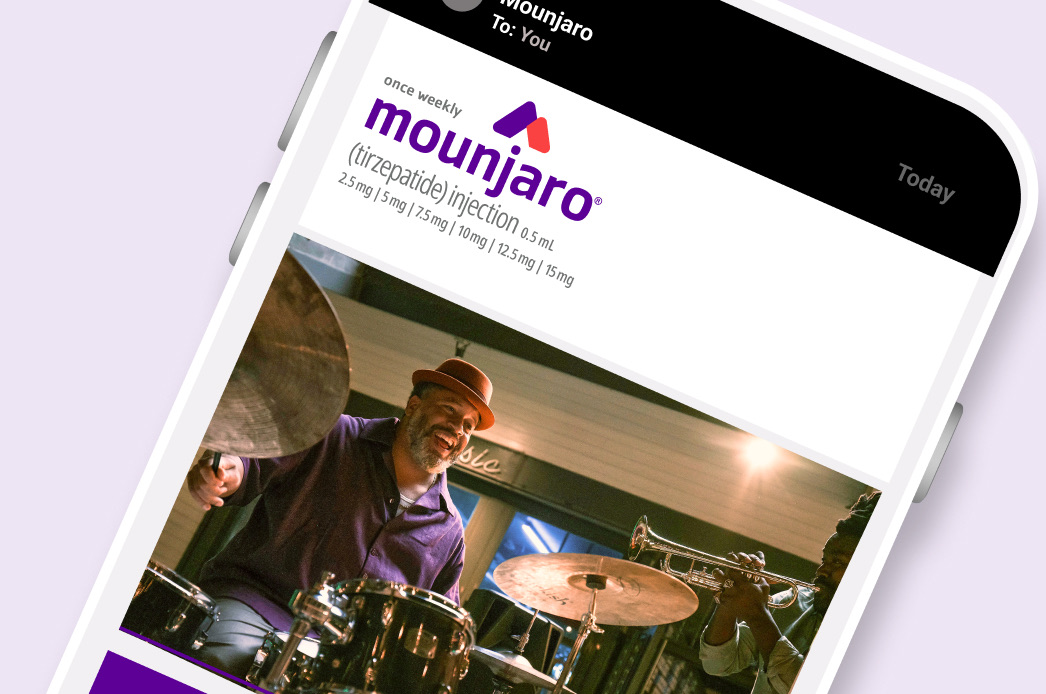
Feel right at home with taste, flavor, and fitness
Diabetes-friendly food and fitness tips.


Eating well with type 2 diabetes?
Yes, please!
Get cooking with tasty recipes and flavor hacks.
Be sure to speak with your healthcare provider before making changes to your diet and exercise. And remember to take any medications you've been prescribed exactly as directed.

The best sneaky mashed potatoes
This delicious comfort-food classic gets a flavor twist that’s lower carb and diabetes-friendly, thanks to a little cauliflower.
Cauliflower has less starch than potato and helps cut the carb count of traditional mashed potatoes. Fat-free buttermilk adds that familiar rich taste but without all the fat or calories.
Game-day chicken empanadas
Want a game-day win? Serve these baked and oh-so-crispy chicken empanadas and you'll be named MVP, no matter who wins the game.


Easy stir-fry with broccoli & shrimp
This satisfying stir-fry is easy to throw together for a last-minute meal. Don't have broccoli? No problem. Just use 3 cups of non-starchy vegetables. Cauliflower, zucchini, snow peas, and cabbage work well with this flexible recipe!
Goodbye bland, hello flavor
5 easy hacks to the flavor you crave, without the extra salt.


Kick-start daily movement without leaving home
Make 3 minutes go a long way. Doing just 3 minutes of movement every 30 minutes can improve blood sugar levels in adults with type 2 diabetes.
Whether you're looking for ways to get started or to keep a regular routine, we've gathered some ways to stay active at home. So put on some music and feel those endorphins flow!
Be sure to speak with your healthcare provider before making changes to your diet and exercise. And remember to take any medications you've been prescribed exactly as directed.

Interesting tips for daily routines to help inform how you may manage your blood sugar, mornings and night
Be sure to speak with your healthcare provider before making changes to your diet and exercise. And remember to take any medications you've been prescribed exactly as directed.

Bag some Z's
Getting fewer than 7 hours of sleep a night on a regular basis can make managing your type 2 diabetes more difficult.

Watch your mouth
Gum disease is a complication of diabetes and can also affect your blood sugar. Be mindful of maintaining your oral care routine at home and while traveling.
Important factors in managing your type 2 diabetes include any diabetes medications you may have been prescribed, what you eat and drink, and your physical activity. Before starting any new diet or exercise, always talk to a member of your diabetes care team—remember, they are there to help!










